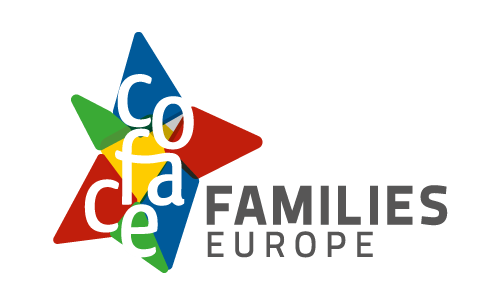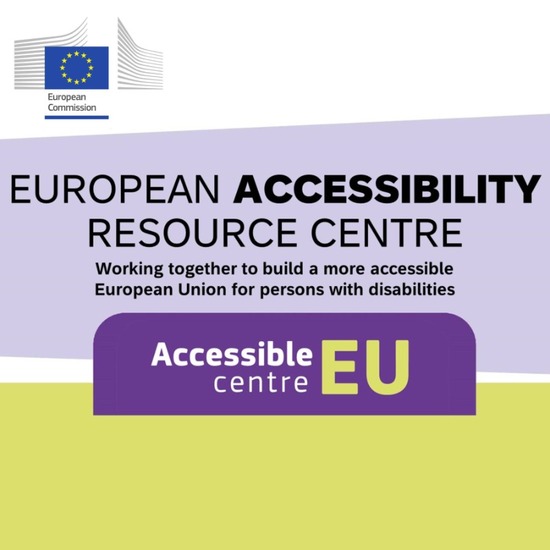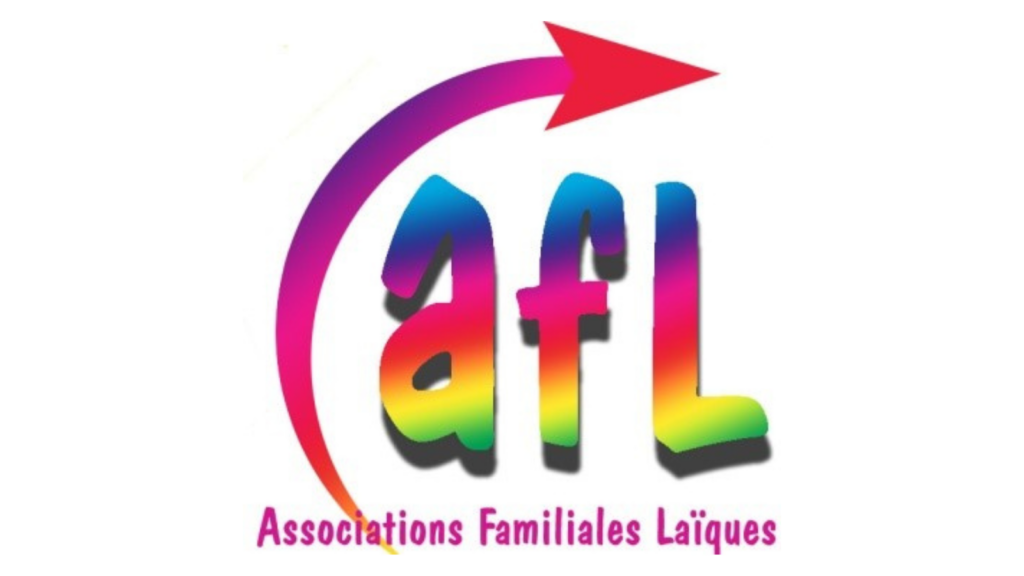The European Accessibility Resource Centre has recently published comprehensive guidelines outlining Accessibility Standards at the European level.
This document provides information on why standards related to accessibility matter, no matter if you are a person with disabilities, an expert on accessibility, a legislator, a procurer, a manufacturer or a service provider. It explains what a standard is and introduces the standardisation system, focusing on the European one. The different models of the three European Standardisation Organisations (ESOs) are explained, as well as the role of the National Standardisation Bodies (NSBs).
It explains how to access the content of the European standardisation documents and, most important, how to contribute actively to its development, either at national or at European level.
In the framework of the current European policies on standardisation, the main European standardisation technical bodies are described, their main documents developed so far and the current challenges they are facing in order to support the European Accessibility Act (EAA).
Practical information is given, for each EU country, on the NSBs member of CEN, CENELEC and/or ETSI, or NSO related to ETSI. Focusing on the three main standardisation technical bodies working on standards related to accessibility, when relevant or available, information is given on the correspondent National Mirror Committee in place, as well as on the contact person of the NSB and its contact data (the personal data are only provided if they are publicly available in the website of their organisations).
You can find the report with the guidelines here.





